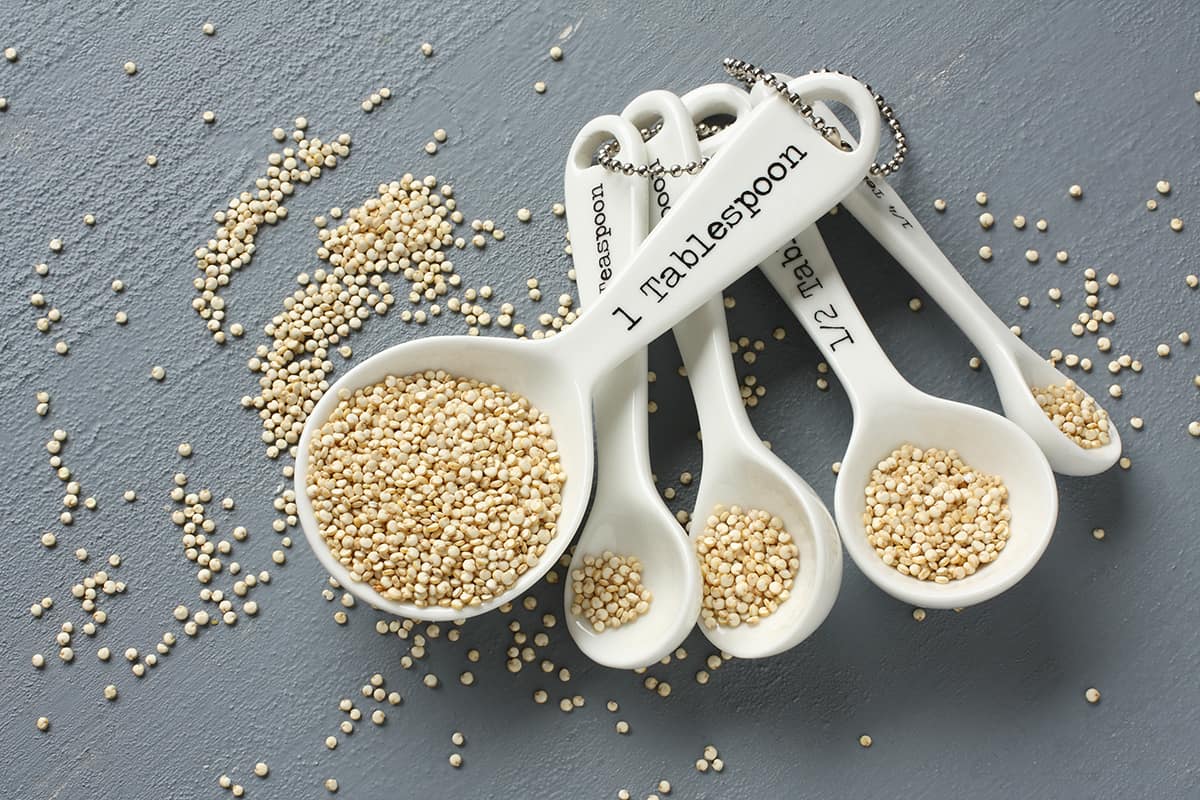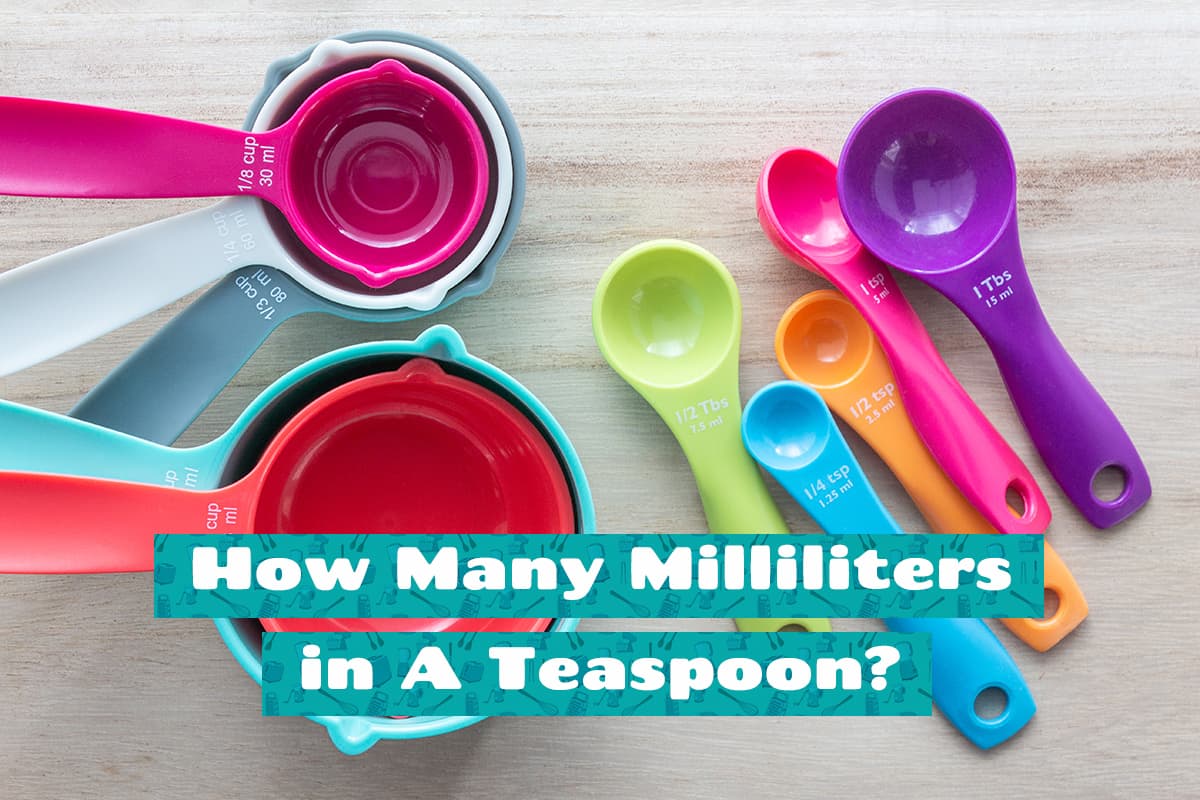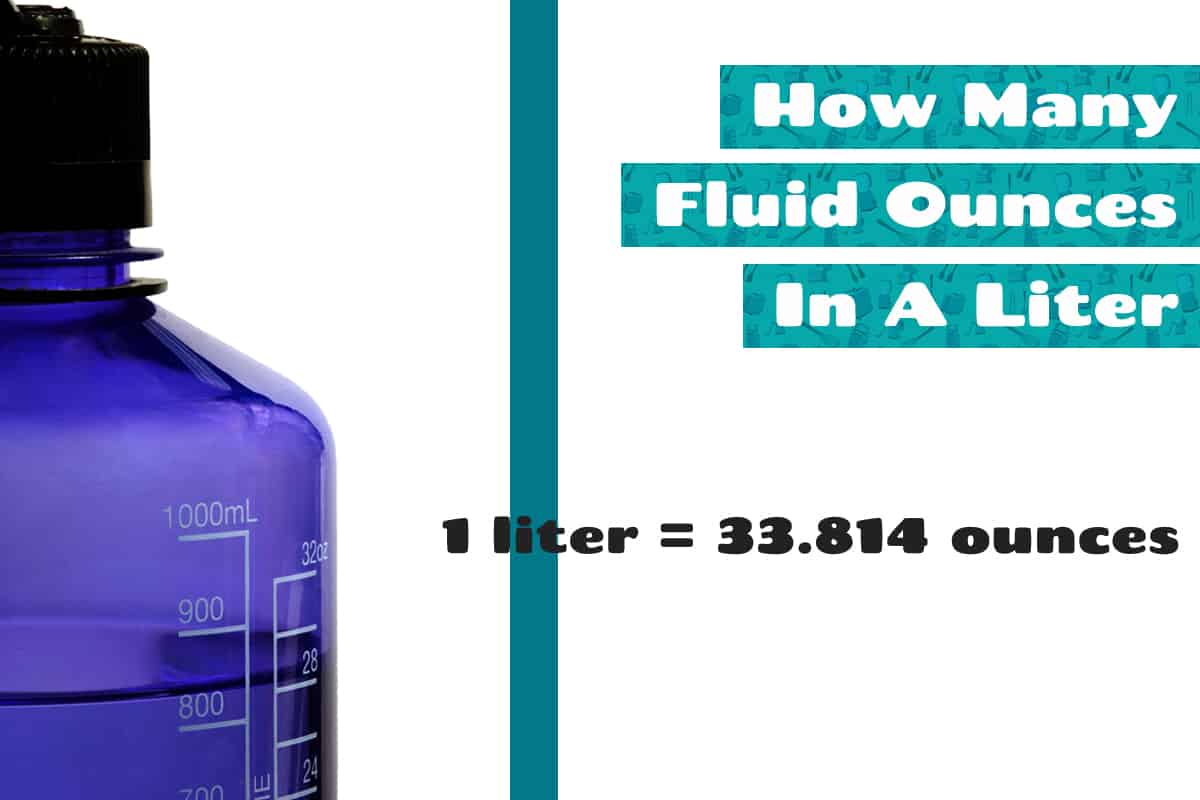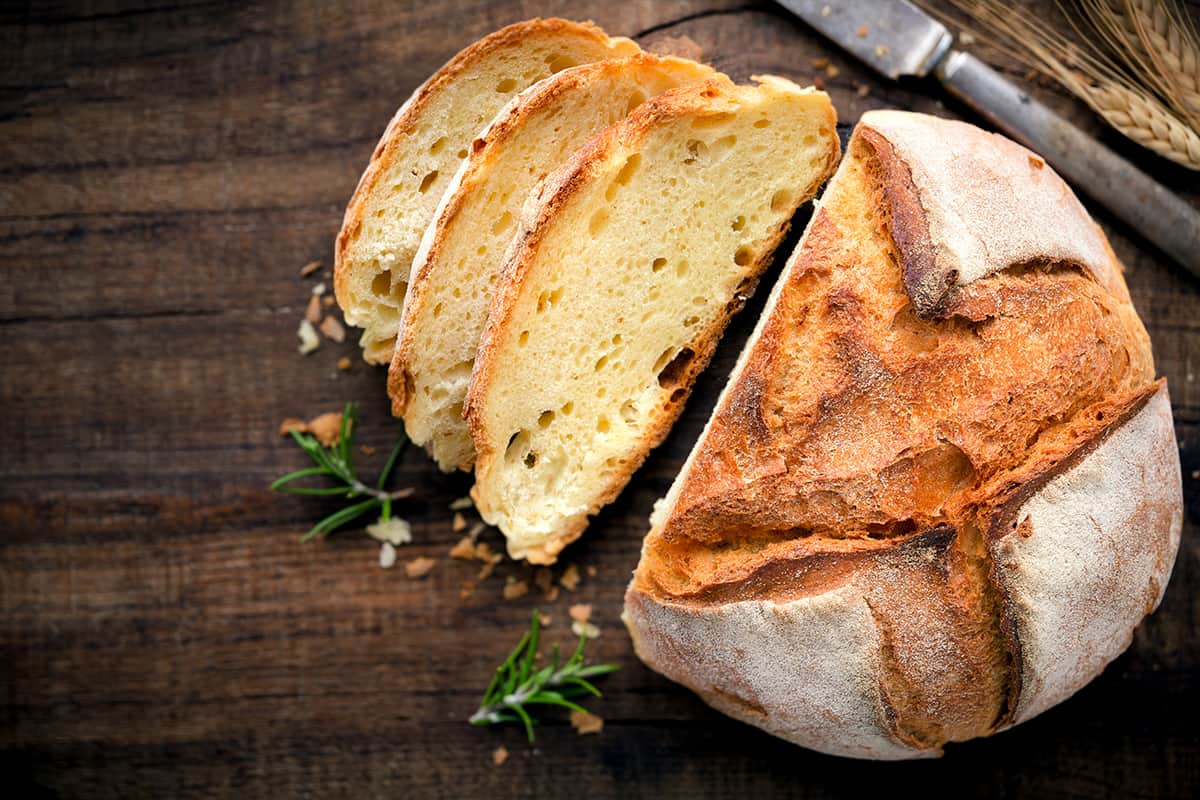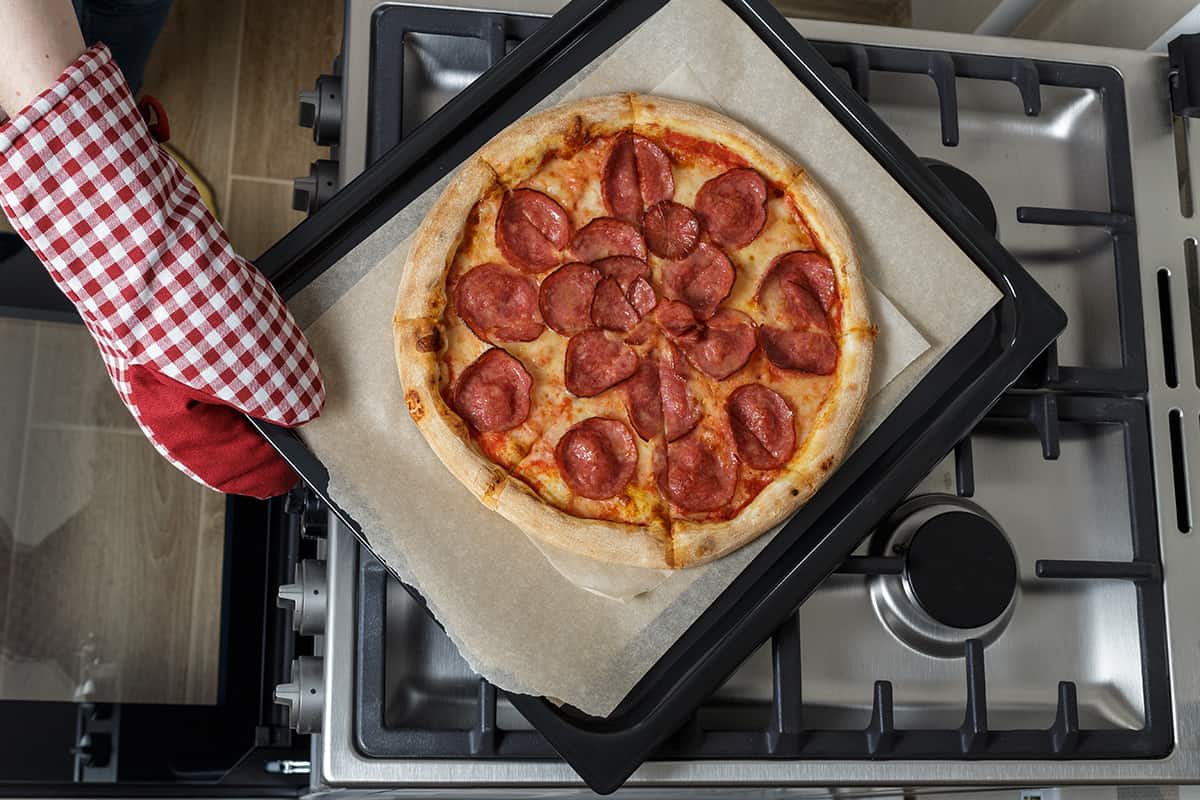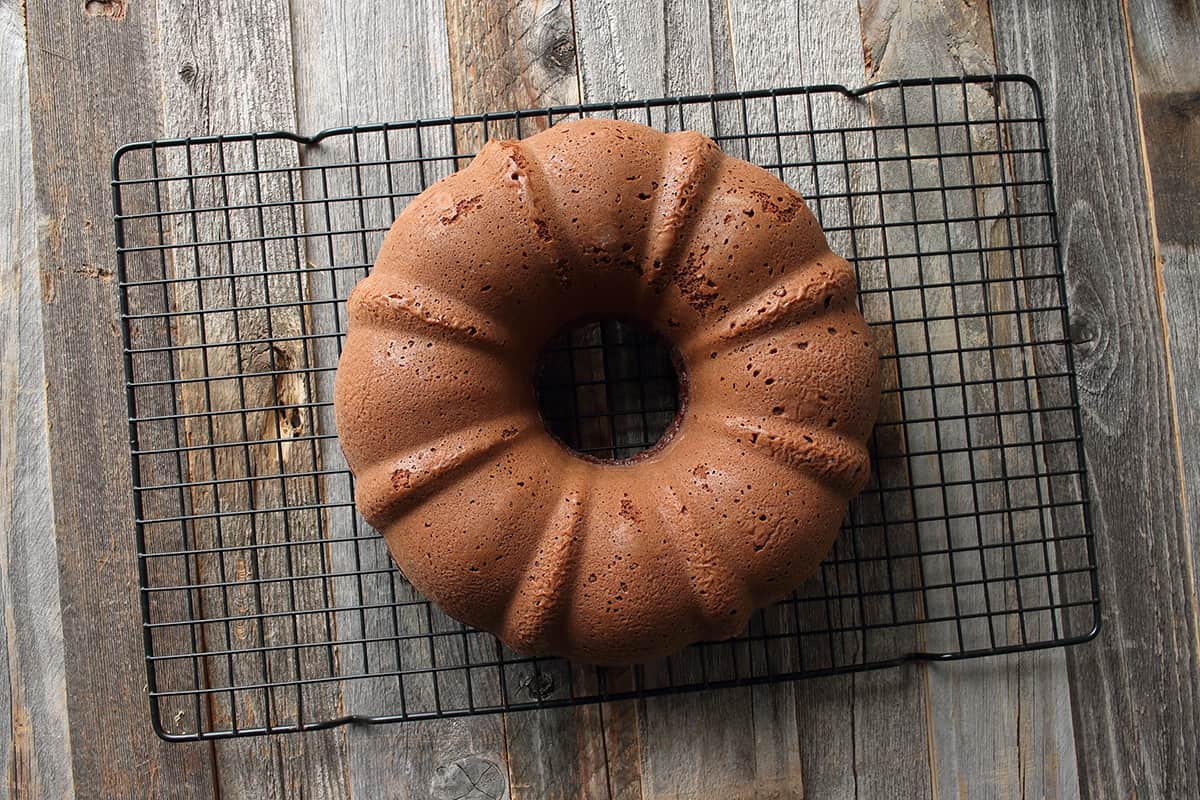When measuring ingredients for a recipe, it’s important that you stick to the exact measurements. One of the tiniest forms of volume measurements for cooking is the tablespoon. So, how big is a tablespoon?
A tablespoon, which is the equivalent of 1/16 of a cup, is the same as 15 milliliters or roughly 0.5 fluid ounces.
The tablespoon will come in handy when measuring tiny amounts of a specific ingredient, such as butter, oils, and flour. However, it’s important that you stick to a measuring tablespoon and not an ordinary tablespoon you use for eating. Read on if you’d like to learn more about tablespoons.
Tablespoon Cheat Sheet
The following table will help you figure out how much a tablespoon is equal to in terms of volume equivalents, weights, and for measuring wet and dry ingredients.
| Tablespoons | Teaspoons | Dry Measurement (cups) | Liquid Measurement (fluid ounces) | Liquid Measurements (milliliters) |
| 1 | 3 | 1/16 | ½ | 15 |
| 2 | 6 | 1/8 | 1 | 30 |
| 3 | 9 | 3/16 | 1-1/2 | 45 |
| 4 | 12 | ¼ | 2 | 60 |
| 5 | 15 | 5/16 | 2-1/2 | 75 |
| 6 | 18 | 3/8 | 3 | 90 |
| 7 | 21 | 7/16 | 3-1/2 | 105 |
| 8 | 24 | ½ | 4 | 120 |
| 9 | 27 | 9/16 | 4-1/2 | 135 |
| 10 | 30 | 5/8 | 5 | 150 |
| 11 | 33 | 11/16 | 5-1/2 | 165 |
| 12 | 36 | ¾ | 6 | 180 |
| 13 | 39 | 13/16 | 6-1/2 | 195 |
| 14 | 42 | 7/8 | 7 | 210 |
| 15 | 45 | 15/16 | 7-1/2 | 225 |
| 16 | 48 | 1 | 8 | 240 |
| 32 | 96 | 1 quart | 16 | 480 |
| 256 | 798 | 1 gallon | 128 | 3,840 |
How to Measure with a Tablespoon
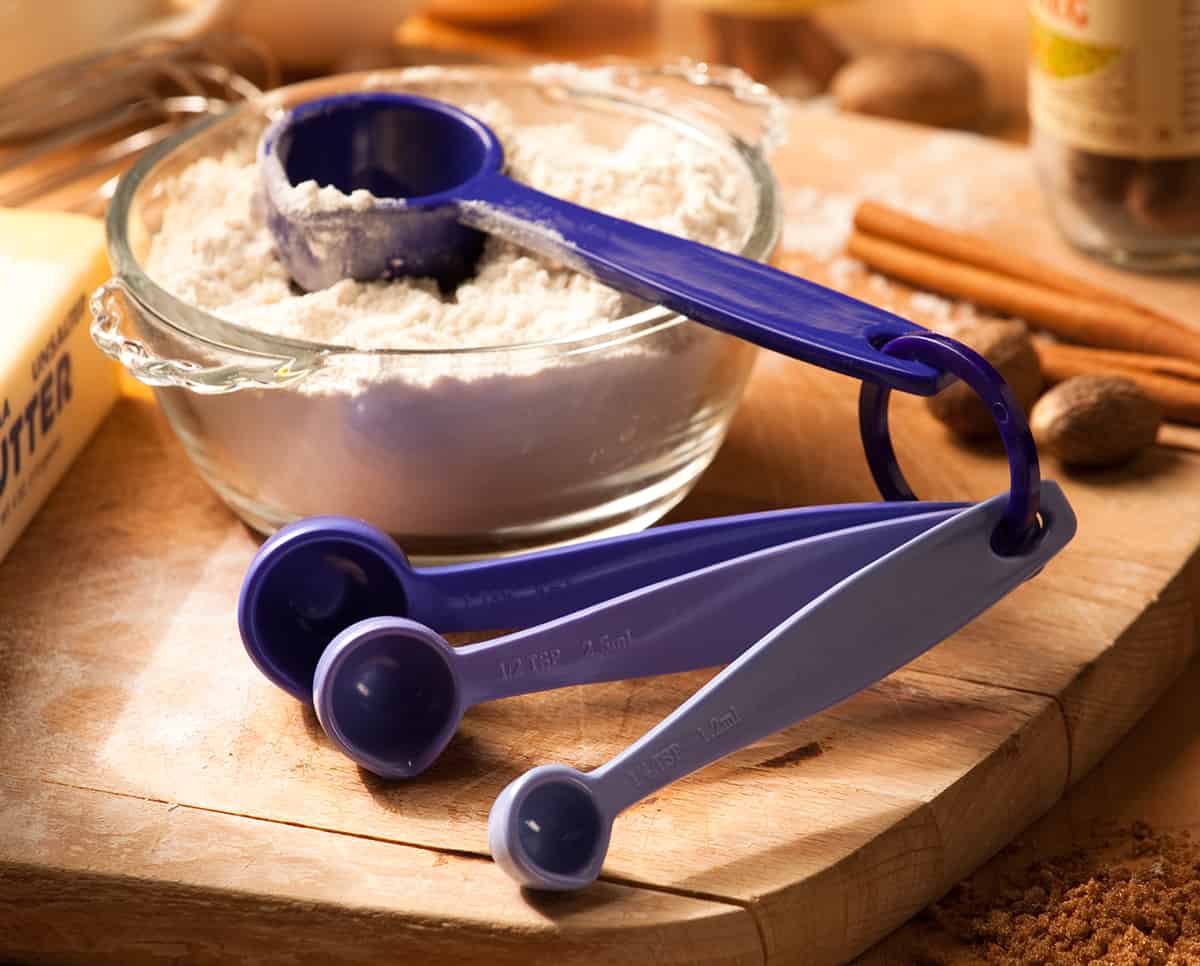
Below, I’ll explain the simple three-step process for measuring dry ingredients using a tablespoon. This same principle applies to measuring with teaspoons and cups.
Fluff—since dry ingredients can become compacted over time, you should use your tablespoon to fluff the ingredients beforehand to introduce air into the mix.
Scoop—take the tablespoon and scoop out the aerated dry ingredients.
Level—using a flat tool, gently scrape off any excess powder that surpasses the top of the tablespoon’s brim. Note that you should disregard the Scoop and Level steps when a recipe asks for a “heaping tablespoon.”
Difference Between Tablespoon and Dining Spoon
The term tablespoon refers to both the measuring tool and the cutlery tool. For the most part, they will both hold onto the same volume of 3 teaspoons, 1/16 of a cup, ½ a fluid ounce, or 15 milliliters.
However, the design of the tablespoon used for eating and serving food is a lot different from the tablespoon used to measure dry and wet ingredients. As such, you will not get accurate measurements when using the cutlery tablespoon, which can impact your recipe in unforeseen ways.
Tablespoon Differences Between Countries
Unfortunately, the tablespoon does not retain a universally recognized measurement standard. For instance, the UK imperial tablespoon, which is very rarely used, will hold onto 17.8 milliliters of an ingredient, making it about 20% larger than the US tablespoon.
In Australia, the tablespoon is 25% larger at 20 milliliters. However, the teaspoon retains its 5-milliliter measurement, so there would be four teaspoons in every Australian tablespoon.
This can be problematic when trying to recreate recipes from different countries. So, when in doubt, you should do what the professional chefs do and stick to measuring your ingredients in weight (in ounces but preferably in grams).
